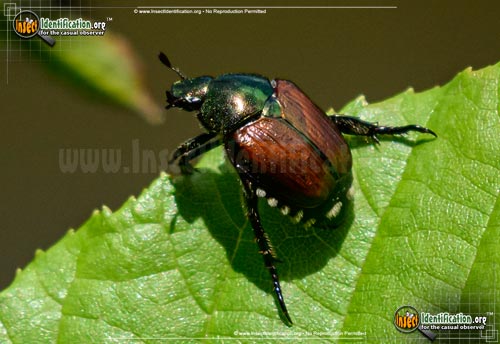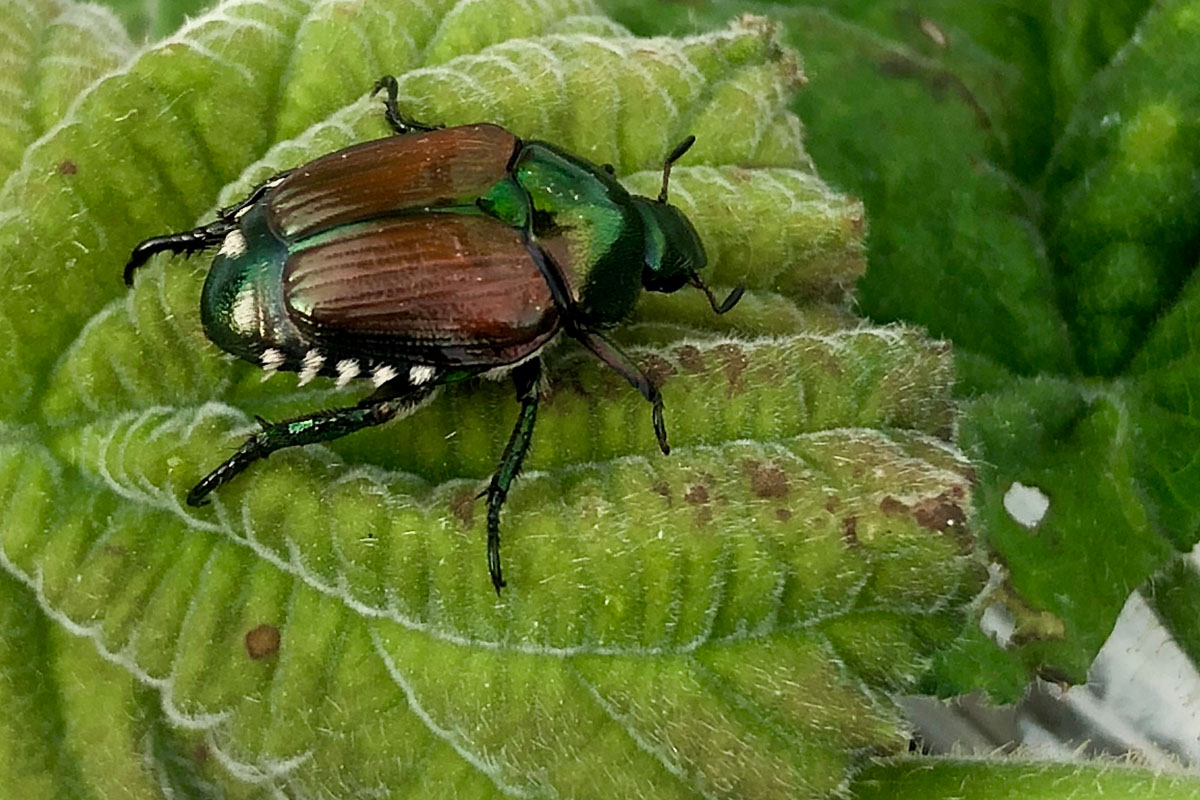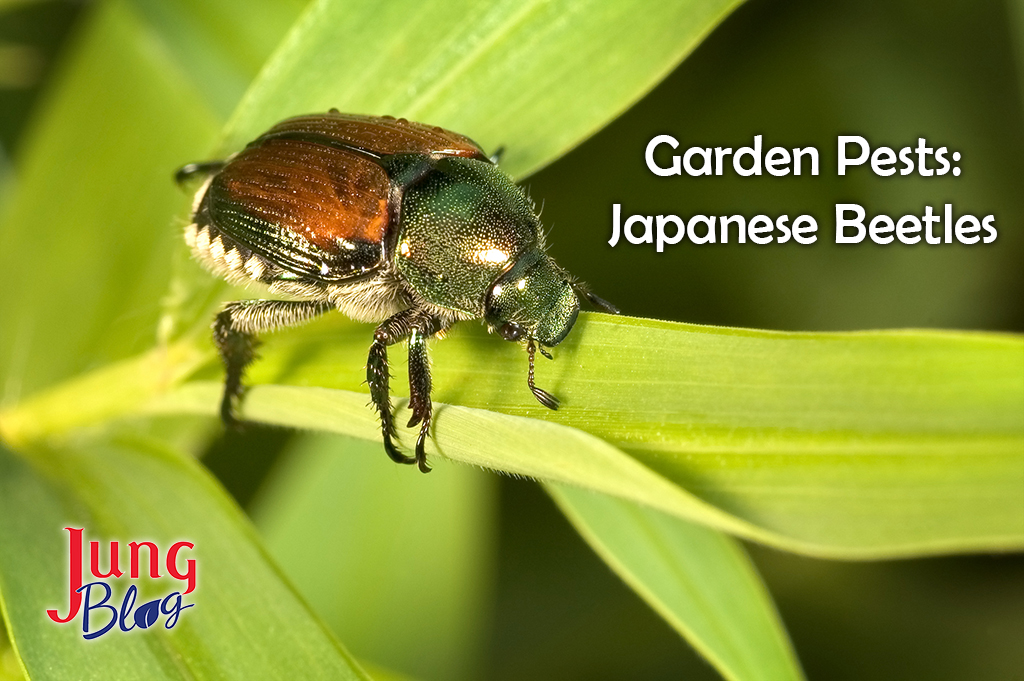japanese beetle life cycle illinois
Japanese beetles have a univoltine life cycle one generation per year. Popillia japonica Other Characteristic Features.
They overwinter as third instar larvae in the soil below the frost line.
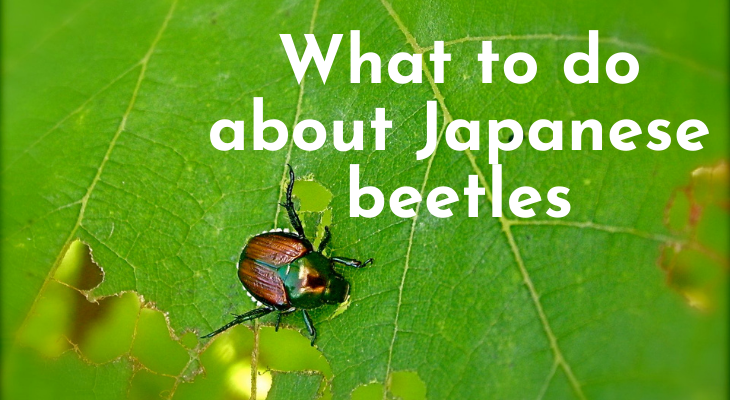
. Mating and egg laying occurs throughout the entire life of the adult beetle which lasts from 30 to 60 days. Urbana IL 61801. They complete pupation and emergence beginsin late May and early June.
Pupae of Japanese beetles resemble the adult except the legs antennae and wings areclosely folded into the body. The Japanese Beetle Has A One Year Life Cycle Spending About 10 Months As A Grub In The Soil In Late June The First Japanese Beetles Beetle Lawn And Garden Japanese Beetles On Corn Soybeans Japanese Beetles The Morton Arboretum Dealing With White Grubs In Lawns White Grubs Are The Most Serious And Destructive Lawn Insect Pest In Illinois While. There are pesticides that can kill Japanese beetles during any part of their lifecycle.
After hitching their initial ride on imported ornamental plants in 1916 Japanese beetles decided North America isnt such a bad place to live and have made a presence year after year since. Depending on temperature eggs hatch in about 10 to14. 111 Mumford Hall MC-710 1301 W.
Alter any one of those and the disease cant complete its life cycle. These pesticides act as preventatives that will kill Japanese beetle eggs before they are able to hatch into larvae. Japanese beetles have an annual life-cycle and spend most of their life as a grub beneath the ground.
It is not very destructive in Japan where it is controlled by natural predators but in North America and some regions of Europe is a noted pest to roughly 300 species of. So to reduce fungal diseases of tomatoes know that they survive in the soil for several years. Adults typically begin to emerge in late June or early July around 1000 growing degree days.
The adult measures 15 mm 06 in in length and 10 mm 04 in in width has iridescent copper-colored elytra and a green thorax and head. The Japanese beetle Popillia japonica is a significant pest of landscape trees and shrubs vegetable and fruit crops and turfgrass in the eastern United States. Physical Description and Identification Adult.
University of Illinois Japanese beetle adults Japanese beetles have a univoltine life cycle one generation per year. Whichever pesticide you use be sure to wear the proper protective equipment. The Japanese beetle Popillia japonica is a species of scarab beetle.
As the pupal stage nears its end the color of the pupa changes from a pale tan color to metallic green. As soil temperatures warm to above 50F in the spring the grubs begin to. As soil temperatures warm in the spring the larvae move closer to the soil surface.
Japanese beetles have a univoltine life cycleone generation per year. For instance in its native Japan the beetles life cycle is two years long as a result of the higher latitudes of the grasslands required for the larval stage. Today these pests can be a serious nuisance to gardeners and farmers throughout North America feeding on over 300 different species of trees shrubs and non.
Japanese beetles have only one generation per year. In our area they will begin to emerge as adult beetles around early July. Feeding Ottawa Ontario Canada The life cycle of the Japanese beetle is typically one year in most parts of the United States but this can be extended in cooler climates.
Acelepryn and Intercept are good at killing Japanee beetle eggs. The Japanese beetles have been out for several weeks now feeding on a variety of plants. A female may lay between 40 and 60 eggs during her lifetime.
These beetles have a bright appearance due to their color combination a metallic green head and thorax and a copper-colored elytra partially covering their abdomen.
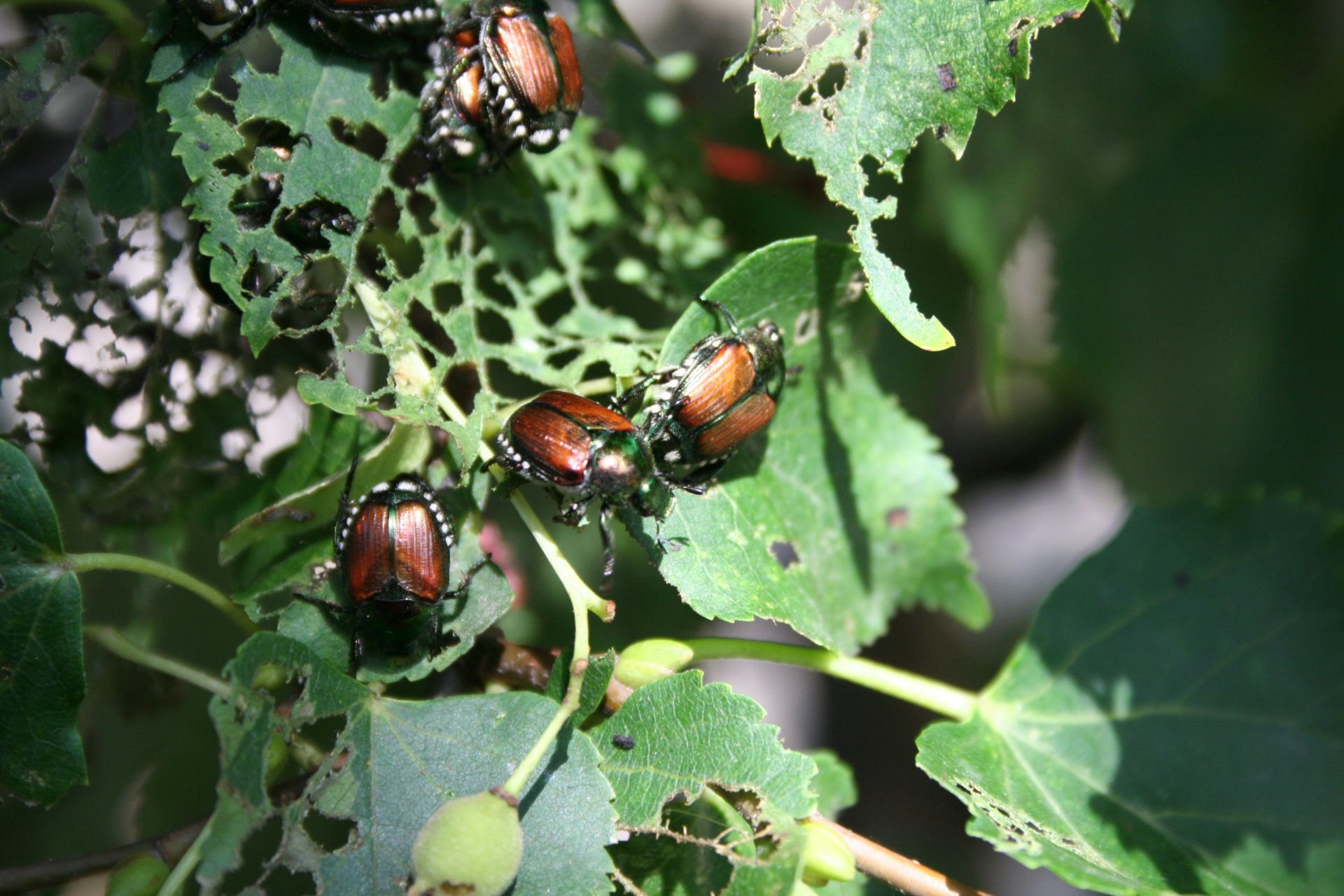
Japanese Beetles The Morton Arboretum

Japanese Beetles Are Here To Stay How Can We Fight Back
Extension Outreach Crop Sciences Department College Of Aces University Of Illinois

Controlling Japanese Beetles Triangle Gardener Magazine

What To Do About Japanese Beetles University Of Illinois Extension
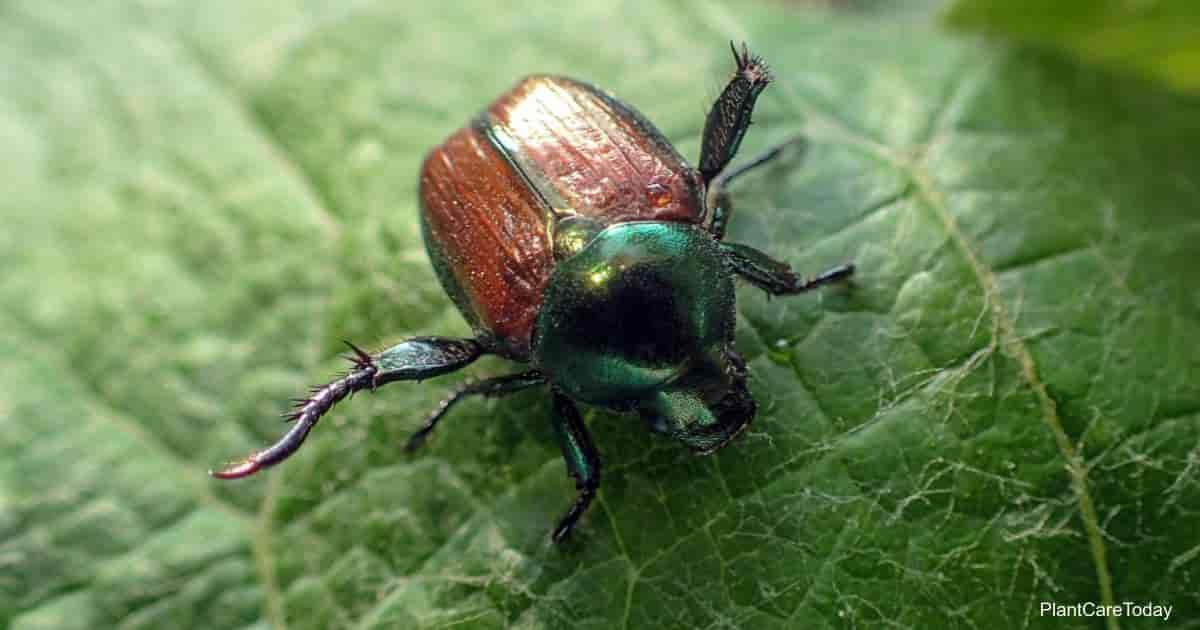
Japanese Beetle Control With Neem Oil Does It Work

Japanese Beetle Control The Good Earth Garden Center
Extension Outreach Crop Sciences Department College Of Aces University Of Illinois
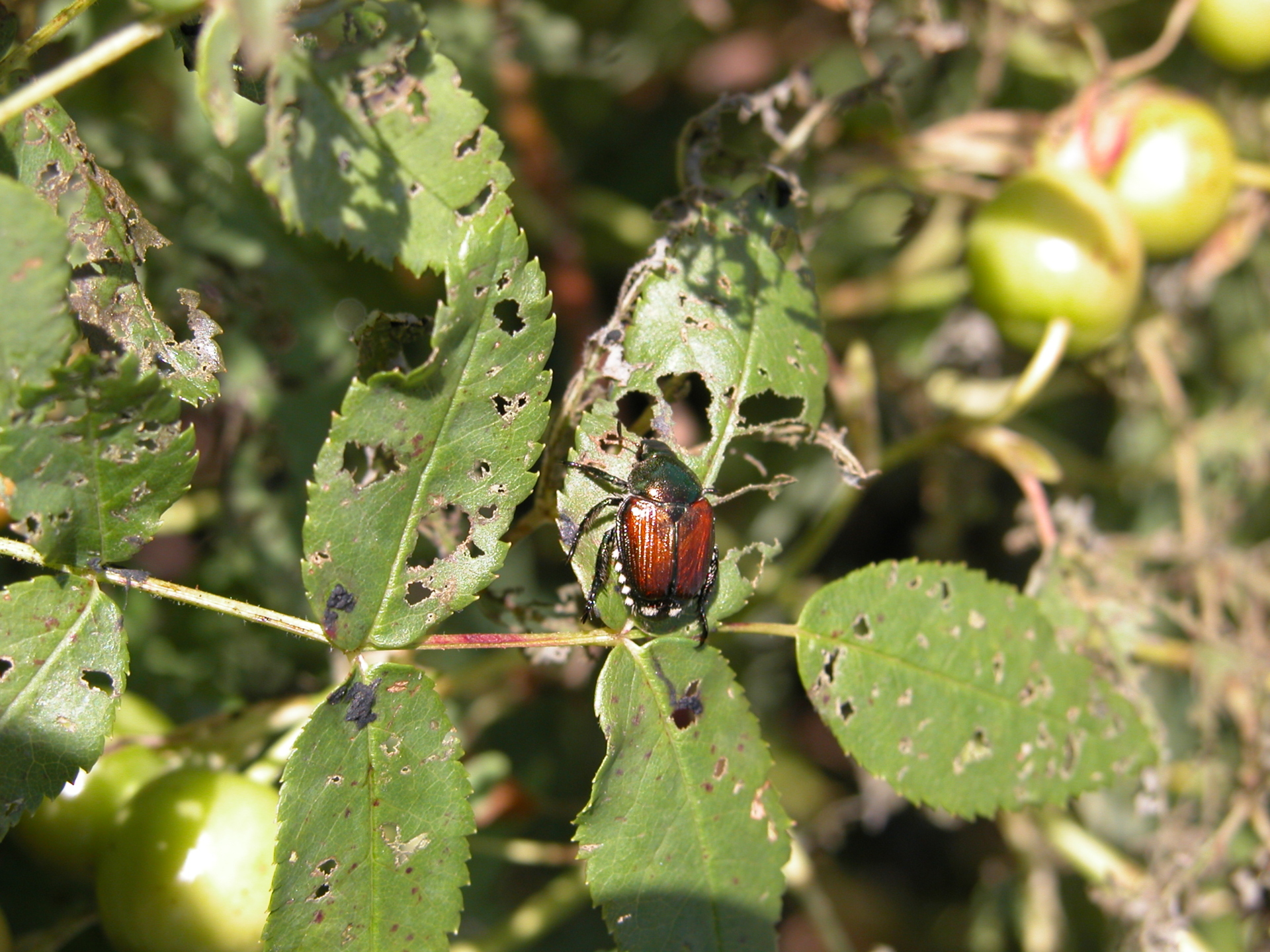
Japanese Beetles The Morton Arboretum

Learn More About Natural Japanese Beetle Repellents
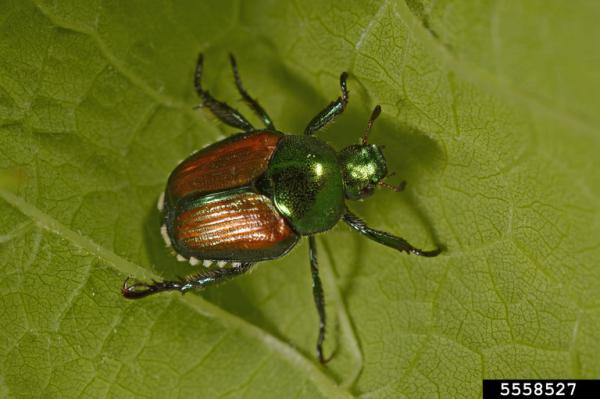
Japanese Beetle National Invasive Species Information Center

Information On Plants That Deter Japanese Beetles And Plants Japanese Beetles Avoid
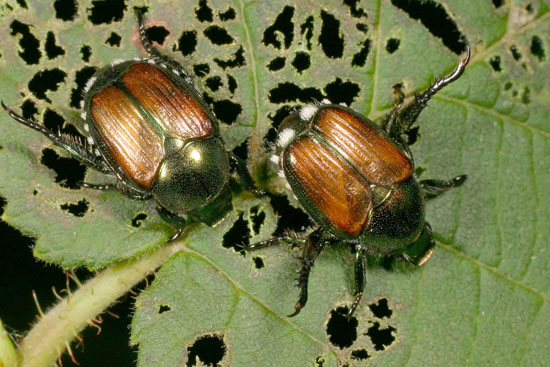
Home Yard Garden Newsletter At The University Of Illinois

Life Cycle Of The Japanese Beetle Including A Eggs David Cappaert Download Scientific Diagram


